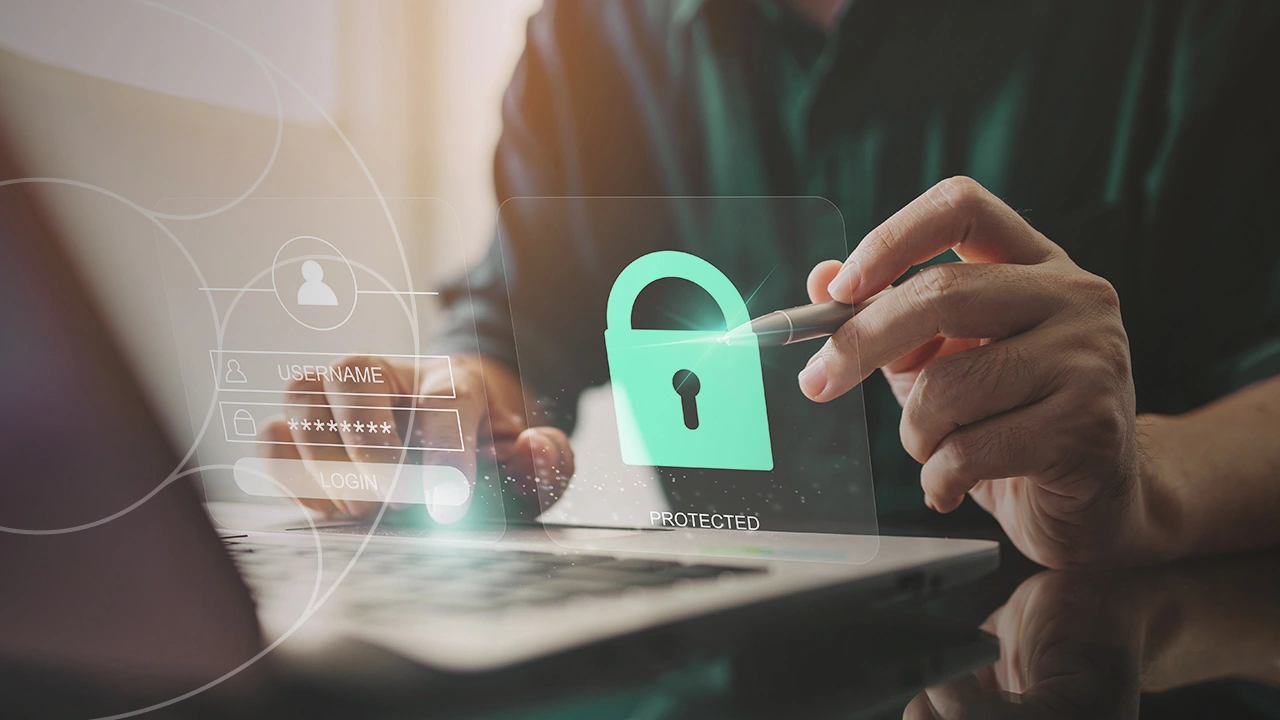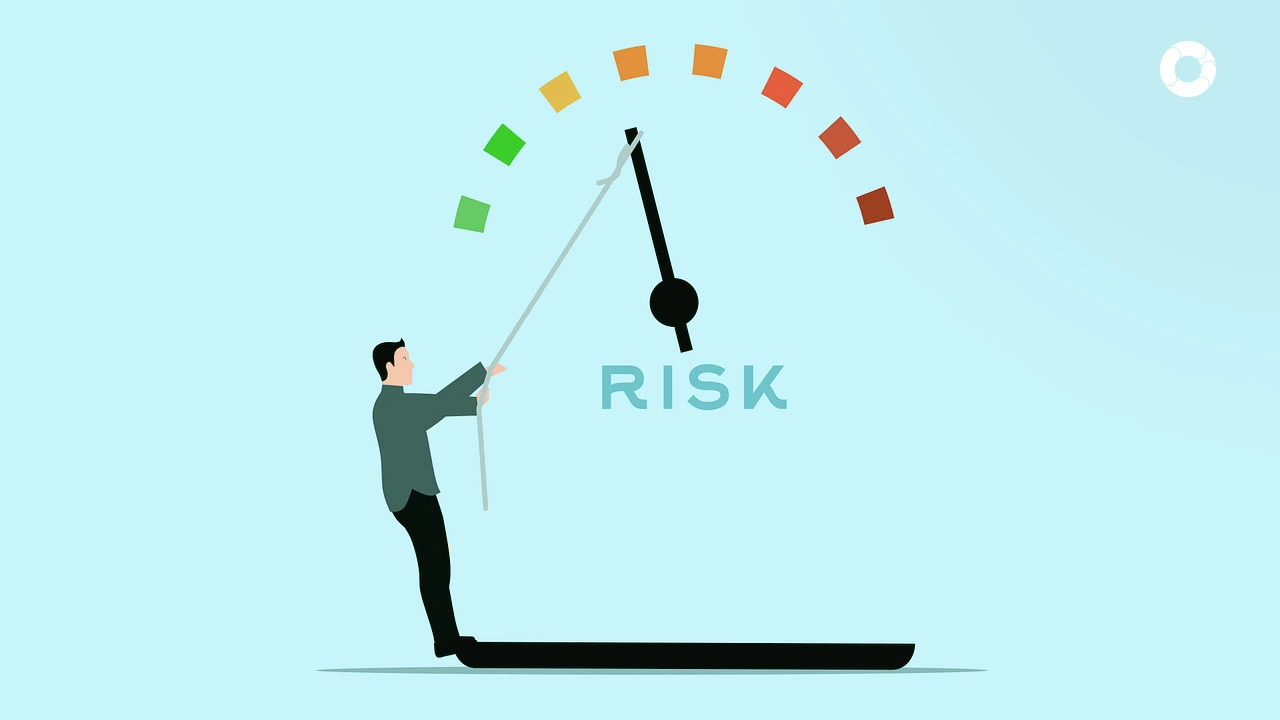Mastering NIST Cybersecurity Framework

Uncover the key components and best practices of the NIST cybersecurity framework to enhance your organization's security posture.
Understanding the NIST Cybersecurity Framework
The NIST Cybersecurity Framework is a comprehensive set of guidelines, best practices, and standards designed to help organizations manage and improve their cybersecurity posture. Established by the National Institute of Standards and Technology (NIST), this framework provides a common language for organizations to understand, manage, and communicate their cybersecurity risks effectively.
Core Components of the NIST Cybersecurity Framework
One of the central components of the NIST Cybersecurity Framework is the Core, which consists of five critical functions: Identify, Protect, Detect, Respond, and Recover. These functions create a structured approach for organizations to assess and enhance their cybersecurity capabilities.
1. Identify: This function involves understanding the business context, resources, and risks associated with cybersecurity. By identifying critical assets and potential threats, organizations can prioritize their security efforts and allocate resources effectively. This includes asset management, governance, risk assessment, and risk management strategy.
2. Protect: The Protect function focuses on implementing safeguards to ensure the delivery of critical infrastructure services. It includes access control, awareness and training, data security, information protection processes, and maintenance. These measures are designed to limit or contain the impact of a potential cybersecurity event.
3. Detect: Detecting cybersecurity events in a timely manner is crucial for minimizing damage. This function includes continuous monitoring to identify anomalies and potential incidents. Key activities under this function include security continuous monitoring, detection processes, and maintenance of detection systems.
4. Respond: This function involves developing and implementing appropriate actions to take in response to a detected cybersecurity event. Effective response planning and communication are essential to mitigate the impact of incidents. It includes response planning, communications, analysis, mitigation, and improvements based on lessons learned.
5. Recover: Recovery activities are essential for restoring any capabilities or services that were impaired due to a cybersecurity incident. This function includes recovery planning, improvements, and communications to ensure organizational resilience and business continuity.
Implementing the NIST Cybersecurity Framework in Your Organization
Implementing the NIST Cybersecurity Framework in your organization involves a systematic approach to assess, develop, and strengthen your cybersecurity capabilities.
First, it is important to assess your organization's current cybersecurity posture by conducting a thorough risk assessment. This will help identify and prioritize areas that require attention.
Next, you can align your organization's cybersecurity strategy with the NIST Cybersecurity Framework by identifying specific actions and controls that correspond to each of the five functions: Identify, Protect, Detect, Respond, and Recover.
Once the actions and controls have been identified, you can develop and implement cybersecurity policies, procedures, and practices that align with the framework. This may include implementing access controls, conducting regular vulnerability assessments, and establishing an incident response plan.
Regular monitoring and evaluation of your cybersecurity program is also essential to ensure its effectiveness and to identify any gaps or areas for improvement.
By implementing the NIST Cybersecurity Framework, your organization can enhance its cybersecurity capabilities, reduce the risk of cyber threats, and improve overall security posture.
Benefits of Adhering to the NIST Cybersecurity Framework
Adhering to the NIST Cybersecurity Framework offers several benefits for organizations:
1. Enhanced Security: By following the framework's guidelines and best practices, organizations can improve their security posture and reduce the risk of cyber threats.
2. Regulatory Compliance: The NIST Cybersecurity Framework is widely recognized and accepted as a standard for cybersecurity. Adhering to the framework can help organizations meet regulatory requirements and demonstrate compliance.
3. Improved Risk Management: The framework provides a structured approach to identify, assess, and manage cybersecurity risks. By adhering to the framework, organizations can develop a comprehensive risk management strategy.
4. Increased Trust and Confidence: Adhering to the framework demonstrates a commitment to cybersecurity and can enhance trust and confidence among customers, partners, and stakeholders.
5. Cost Savings: By implementing the framework's best practices, organizations can reduce the likelihood and impact of cyber incidents, resulting in potential cost savings associated with data breaches and other cybersecurity incidents.
Overall, adhering to the NIST Cybersecurity Framework can help organizations establish a strong cybersecurity foundation and effectively manage cyber risks.
Steps to Implement the NIST Cybersecurity Framework
- Prioritize and Scope: Determine which systems and assets are essential to your business objectives and prioritize them accordingly.
- Orient: Identify the organizational context, including regulatory requirements and overall risk environment.
- Create a Current Profile: Assess the current state of your cybersecurity posture based on the five Core functions.
- Conduct a Risk Assessment: Evaluate the risks associated with your critical assets and business processes.
- Create a Target Profile: Define the desired state of cybersecurity capabilities that align with business needs and risk tolerance.
- Implement Action Plan: Develop and execute an action plan to bridge the gaps between the current and target profiles.
Common Challenges and How to Overcome Them
Implementing and adhering to the NIST Cybersecurity Framework may pose certain challenges. However, organizations can overcome these challenges with the following strategies:
1. Lack of Resources: Many organizations face resource constraints when it comes to implementing and maintaining a robust cybersecurity program. To overcome this challenge, organizations can leverage external resources such as cybersecurity consultants or managed security service providers.
2. Limited Awareness and Understanding: Some organizations may have limited awareness or understanding of the NIST Cybersecurity Framework. To address this challenge, organizations can invest in cybersecurity training and awareness programs to educate employees and stakeholders.
3. Complex Organizational Structure: Large organizations with complex organizational structures may face challenges in implementing the framework consistently across all departments and business units. To overcome this challenge, organizations can establish a centralized cybersecurity function and develop clear communication channels.
4. Rapidly Evolving Threat Landscape: The cybersecurity landscape is constantly evolving, with new threats and vulnerabilities emerging regularly. To address this challenge, organizations should stay updated on the latest cybersecurity trends, invest in threat intelligence capabilities, and regularly review and update their cybersecurity controls.
By proactively addressing these common challenges, organizations can successfully implement and adhere to the NIST Cybersecurity Framework.
Continuous Improvement: Evolving with the NIST Cybersecurity Framework
The NIST Cybersecurity Framework emphasizes the importance of continuous improvement to effectively manage cybersecurity risks. Organizations should adopt a proactive and iterative approach to evolve with the framework and address emerging threats and challenges.
Continuous improvement can be achieved through the following strategies:
1. Regular Assessment and Evaluation: Organizations should conduct regular assessments to evaluate their cybersecurity posture and identify areas for improvement. This may include conducting penetration tests, vulnerability assessments, and security audits.
2. Incident Response and Lessons Learned: When incidents occur, organizations should follow their incident response plans and conduct thorough post-incident reviews. This allows organizations to learn from past incidents and make necessary improvements to prevent similar incidents in the future.
3. Collaboration and Information Sharing: Organizations should collaborate with industry peers, government agencies, and cybersecurity communities to share information, best practices, and lessons learned. This helps organizations stay informed about emerging threats and adopt effective cybersecurity practices.
4. Technology and Innovation: Organizations should leverage technological advancements and innovations to enhance their cybersecurity capabilities. This may include adopting advanced threat detection and prevention systems, implementing security automation and orchestration, and investing in employee training and awareness programs.
By embracing continuous improvement and evolving with the NIST Cybersecurity Framework, organizations can stay resilient against evolving cyber threats and maintain a strong security posture.
Conclusion
In today's digital landscape, cybersecurity is paramount for organizations across all industries. The NIST Cybersecurity Framework stands out as an indispensable resource for fortifying defenses against evolving cyber threats.
By embracing the structured approach outlined in the NIST Cybersecurity Framework, organizations can significantly bolster their cybersecurity posture. This framework provides a comprehensive strategy to identify, protect, detect, respond to, and recover from cybersecurity incidents, empowering organizations to mitigate risks effectively.
Implementing the NIST Cybersecurity Framework goes beyond mere compliance; it instills a culture of continuous improvement within organizations. By fostering a proactive approach to cybersecurity, organizations can stay ahead of emerging threats and adapt their defenses accordingly.
Furthermore, prioritizing the NIST Cybersecurity Framework demonstrates a commitment to safeguarding digital assets and protecting sensitive information. In an age where cyberattacks are becoming increasingly sophisticated, organizations must invest in robust cybersecurity practices to safeguard their reputation and maintain the trust of their stakeholders.
In conclusion, the NIST Cybersecurity Framework serves as a cornerstone for organizations dedicated to maintaining robust cybersecurity practices. By embracing this framework, organizations can strengthen their resilience against cyber threats and safeguard their digital assets effectively. As cyber threats continue to evolve, prioritizing the NIST Cybersecurity Framework is essential for staying ahead of the curve and ensuring long-term security and success.
You May Also Like
These Related Stories

5 Tips for Effective Information Security Management

Vulnerabilities affecting information security

The 4 key steps to cybersecurity risk management

Meeting Requirements: New ISO 27001 Standards

How to Create a Business Continuity Plan




No Comments Yet
Let us know what you think